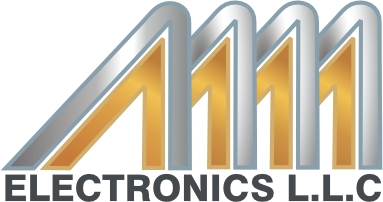Surface Roughness
Sort by
Brands
The term “surface roughness test” refers to a group of specialized tools and methods used to gauge and quantify a surface’s texture and roughness. These tests are crucial in a variety of fields, including manufacturing, engineering, automotive, and aerospace, where surface quality and performance are important considerations.
Tests for surface roughness can provide important details about a surface’s microtopography, such as the height, spacing, and distribution of irregularities or textural features. Professionals can evaluate a surface’s suitability for certain applications, the efficiency of manufacturing processes, and conformity with industry norms and specifications by assessing the roughness parameters.
There are numerous tools and methods available for testing surface roughness. Stylus profilometers are a frequently used tool that moves a mechanical stylus across a surface and measures its profile. The average roughness (Ra) and maximum peak-to-valley height (Rz) of the surface are two characteristics that the stylus measures as it goes across the surface while following the outlines of the imperfections.
Techniques Of Testing
- Stylus profilometer
- Optical interferometry
Surface Roughness Testing Features
- Measurement Parameters
- Measurement Units
- Multiple Sampling Lengths
- Traceability and Calibration
- Testing Modes

